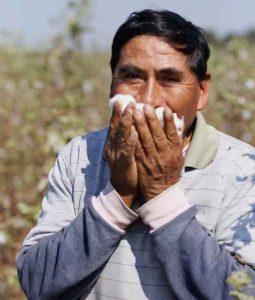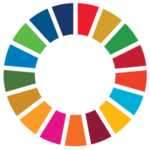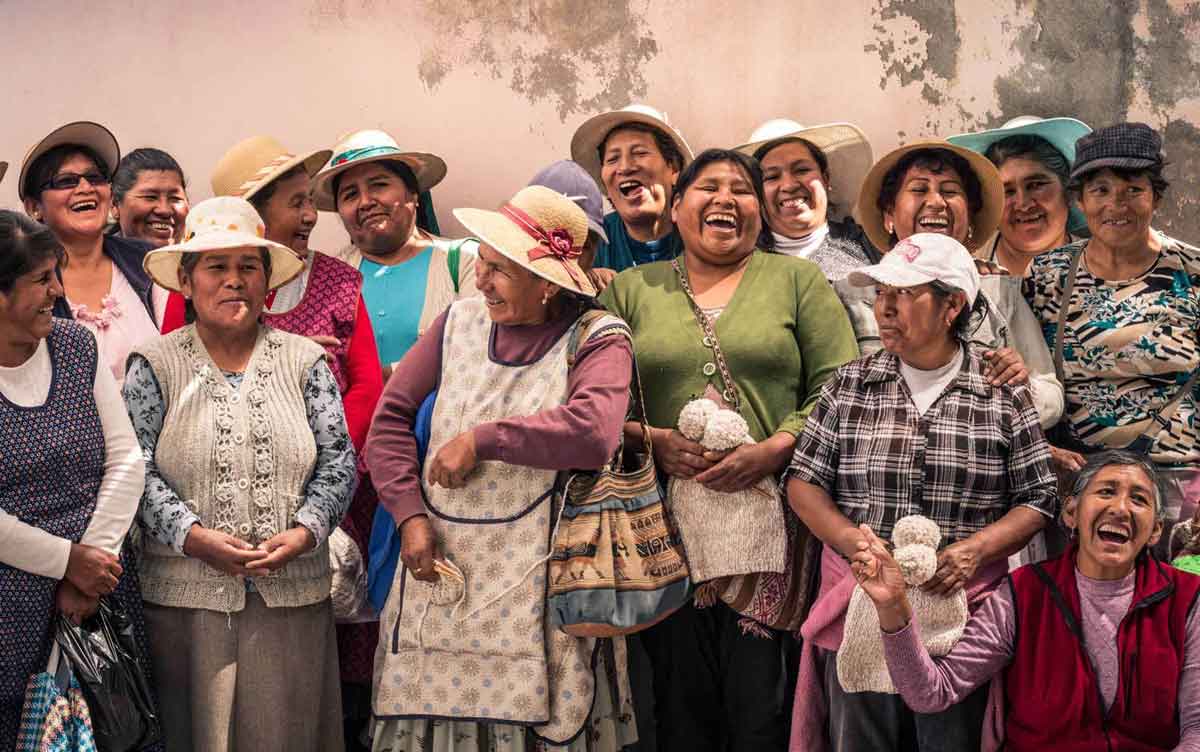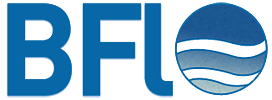Using BFLO in apparel for transparency across value chains – from fiber and people to finance.
“Our mission is to elevate artisans in economically marginalized communities to world renowned status in the global textile market. “ – Scott Leonard, CEO, Indigenous Designs about individuals & communities.


Tracking SDGs*
From organic fibers to the artisans and nuclear family businesses creating the fabric and clothes, Indigenous Designs is the gold standard of fair trade fashion.
Noble Profit used our system BFLO to model and demonstrate SDG claims made by Indigenous within their supply chain, networks of organic farmers and artisans; showing the full spectrum of the company’s impact.
We follow the path of the Indigenous methodology, from fiber, to yarn, to artisans, to customer.
*Sustainable Development Goals
P2P2Scale
An Application for scaling and empowering small producers
We went further to align our next application to help smooth points in the value chain and automate systems. The design is to optimize the processes between the various certifiers, and the individual groups with the company’s boots on the ground needs around tracking and managing flow.


Modeling Scenarios End Point and SMP 500 ESG Scores
Public Data
As part of this model, we added the factor that the clothing has then been under white labeled and sold at Nordstrom, a major department stores. This information can help inform an S&P 500 company who reports their ESG factors, and then the funds who are Nordstrom investors, such as Black Rock.
Path: Organic fiber sourcing -> Labor among SME, Micro Nuclear Family Businesses and Artisans -> White label -> Retail Market Place -> ESGs & Finance
